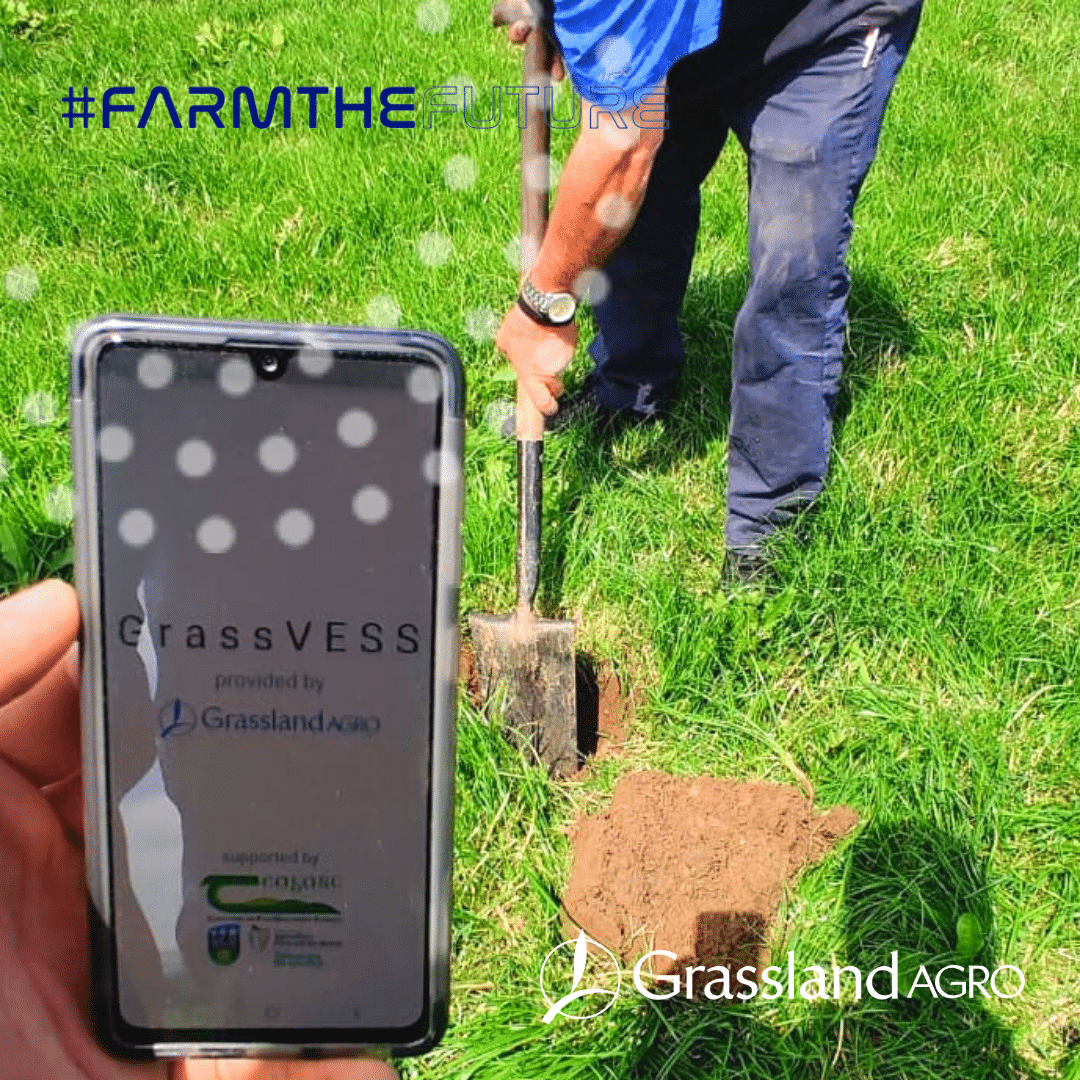Soil structure: A key pillar to soil health

Soil health and soil structure has been drawn into focus as challenges surrounding fertiliser price and fertiliser limitations dominate recent conversations.
Irish soils are amongst the most productive and healthiest in the world, however more can be done to tackle the short, medium and long-term challenges of Irish agriculture.
One of the key areas to address, when it comes to soil health, is soil structure.
As part of the Grassland Agro Soil Sustainability Programme, technical agronomists assess soil structure on-farm using the GrassVESS technique developed by Teagasc.
This technique allows for the assessment and scoring of soil and root structure using an infield evaluation, using just a spade.
Visual assessment

- Soil colour;
- Soil structure;
- Plant rooting patterns;
- The abundance of larger soil organisms such as earthworms, which are all primary indicators of good soil health.
Diagnosing problem areas and prescribing management strategies to alleviate problems are crucial.
The accumulation of surface water, mottling in soil horizons, and compaction are all indicators of poor soil structure and porosity, which have detrimental effects on soil biology populations.
Grassland Agro has also developed a soil test to analyse soil biological activity. This test provides a soil health score which indicates the nitrogen (N) mineralisation potential of the soil.
By analysing the soil’s biological health score and GrassVESS soil structure in tandem, an overall soil health score can be developed for your farm.
Increasing fertiliser efficiency

On-farm trials using Physiolith have shown an additional 60kg N/ha released from the soil in a single season.
Physiolith will increase the efficiency of chemical and organic fertilisers applied throughout the year, reducing the requirement for chemical N.
Physiolith is an ideal partner for organic manures, i.e. slurry, and will accelerate the release of the organic portion of slurry N which can be used to offset chemical nitrogen.
A product like physiolith will cause an increase in biological activity which will offset chemical N and maintain growth as legislation and fertiliser reductions loom
These soil properties are fundamental to tackling the environmental, economical and social sustainability issues facing Irish agriculture.
For more information on the above check out our video by David and Sean, click here.
The Grassland Agro app for our technical agronomy team is available to download for free through the Google Play Store by clicking here.
